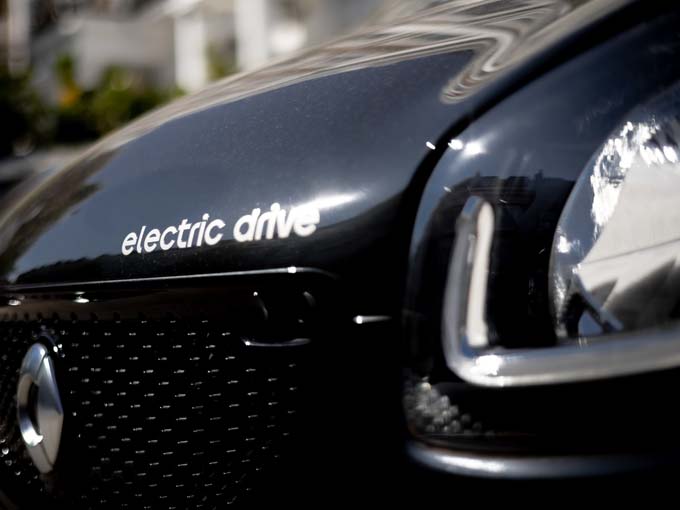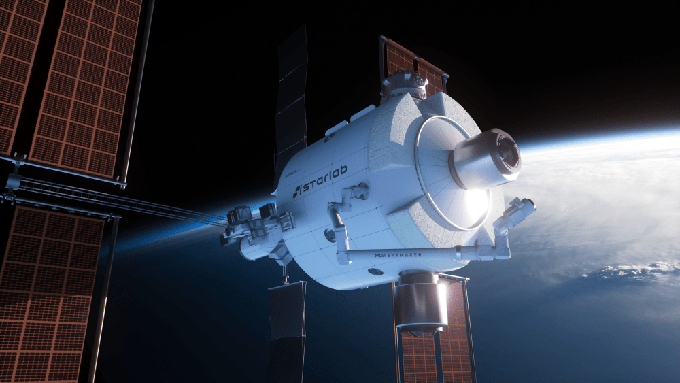2022: Third crisis year for the car market
The auto market is looking back on its third consecutive year of crisis, with new registrations down 5.3 percent. By contrast, the share of vehicles with alternative drives continued to grow.

Ukraine war, chip crisis, parts shortage: The Swiss auto market closed 2022, a year marked by severe supply constraints, with a 5.3 percent drop on the already below-average previous year. With 225,934 new passenger cars, 2022 again fell well short of the usual pre-crisis mark of around 300,000 new registrations - the third crisis year in succession after 2020 and 2021. At the same time, a new record was set for the market share of alternative drive systems at 50.8 percent: A good one in two new cars in 2022 was electrified, either as a full, mild or plug-in hybrid, or drove entirely electrically, either with a battery or a fuel cell as the energy source. With a market share of 25.9 percent, half of these vehicles could again be recharged as electric cars or plug-in hybrids via the power grid. The Swiss new car fleet is thus becoming steadily more climate-friendly.
Customers have to wait a long time for ordered vehicles
So after 238,481 new registrations in 2021, another 12,500 or so new cars fell short of this result last year. "The further decline is mainly due to the shortage of components, which massively affected the production and delivery of new vehicles throughout the year," is how auto-schweiz media spokesman Christoph Wolnik sums up the 2022 car year. "From microchips to raw materials to wiring harnesses, whose production in Ukraine came to a temporary standstill due to Russia's attack, numerous supplier products were not reliably available. This prevented a recovery in new registrations after two years of the Corona pandemic and at the same time led to sometimes very long waiting times for ordered vehicles for our customers." The situation improved somewhat in the second half of the year, but the situation is still far from normal, Wolnik added.
Slight recovery in December 2022
The market data for December fit into this picture, with 24,737 new registrations, slightly above the previous year's figure of 24,523 (+0.9 %). However, between 2011 and 2020, the last calendar month of the year saw an average of just over 31,300 enrollments. This level is still more than 20 percent short of new registrations. Based on the fourth consecutive monthly increase, the prospects are good that 2023 will not be another crisis year. In any case, Christoph Wolnik is optimistic: "We expect to carry the momentum into the new year and gradually work off the still high order backlog in the coming months."
Not a crisis year for "plug-in vehicles
The climate should be most pleased with the development of the car market. Because 2022 was another record year for the number and market share of battery-electric passenger cars. 40,173 new electric cars represent a year-on-year increase of 26.2 percent and a market share of 17.8 percent, up from 13.3 the previous year. Plug-in hybrids saw a slight decline in both sales (18,355, -15.8 %) and market share (8.1 %, 2021: 9.1 %), largely due to the focus of many manufacturers on all-electric models in the supply of scarce components. Together, these 58,528 "plug-in" vehicles account for more than a quarter of new registrations for the first time in a full year, at 25.9 percent. Another close quarter, at 24.8 percent, is attributable to hybrids without an external charging option, which accounted for 56,107 registrations (+7.5 %). In addition, there were 122 passenger cars with gas (-56.7 %) and 72 with hydrogen drive (+9.1 %). Gasoline-powered cars continue to achieve the largest single market share of 37.5 percent (2021: 41.9 %) with 84,815 first registrations (-15.1 %), while the 26,286 new diesel cars (-18.9 %) account for 11.6 percent (2021: 13.6 %).
Source: auto-schweiz









